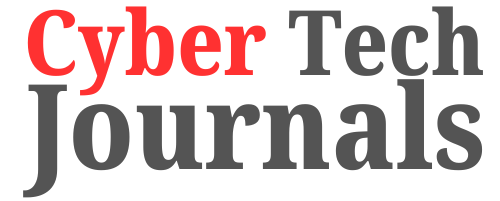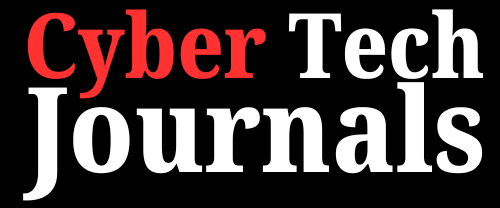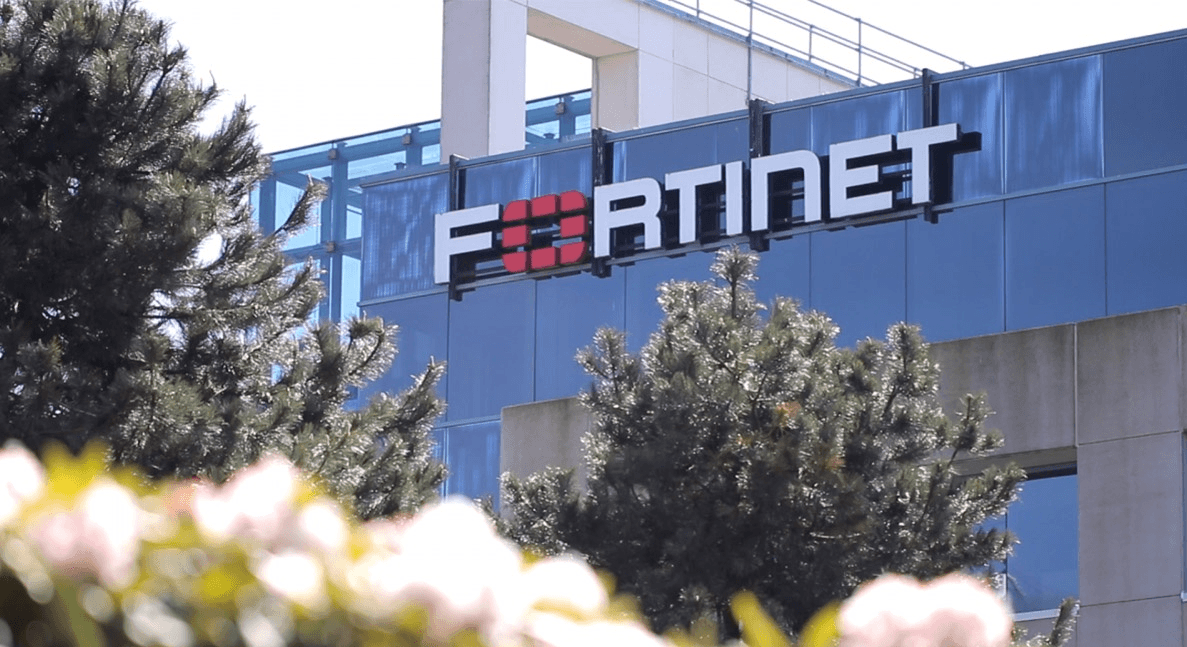Overview of CVE-2024-55591 and Its Significance
CVE-2024-55591 represents a critical vulnerability in Fortinet systems, a name synonymous with robust cybersecurity. This zero-day exploit is particularly alarming because it grants unauthorized super-admin access, putting entire networks at risk. Understanding the gravity of this vulnerability is crucial for organizations relying on Fortinet solutions to safeguard their digital assets. Let’s know the Fortinet Zero-Day Vulnerability.
What Makes Fortinet Zero-Day Vulnerabilities Critical
Zero-day vulnerabilities in Fortinet systems are uniquely critical due to the widespread reliance on these systems in enterprise environments. Such flaws are exploited before patches become available, leaving networks defenseless. When a vulnerability like CVE-2024-55591 emerges, it exposes gaps in perimeter defenses and can have cascading effects on global cybersecurity.
Understanding CVE-2024-55591
What Is CVE-2024-55591 and How Was It Discovered
CVE-2024-55591 is a recently identified flaw that allows attackers to gain super-admin privileges within Fortinet systems. Discovered by a team of vigilant researchers through routine penetration testing, this vulnerability underscores the importance of proactive threat hunting. Its discovery has triggered widespread concern in the cybersecurity community.
Breakdown of the Vulnerability: Super-Admin Access Flaw Explained
This vulnerability centers on an authentication bypass that leverages weak session handling protocols. By exploiting these flaws, attackers can elevate their privileges to super-admin status, granting unrestricted control over the affected systems. Such access enables the modification of security settings, the exfiltration of sensitive data, and the potential deployment of further exploits.
Why Super-Admin Access Flaws Are Particularly Dangerous
Super-admin access is the digital equivalent of holding the master key to an entire building. In the wrong hands, this level of control can dismantle security infrastructures, paralyze operations, and facilitate undetected lateral movement across networks. This makes flaws like CVE-2024-55591 exceptionally perilous.
The Scope of Impact
Who Is Affected by CVE-2024-55591
Organizations utilizing Fortinet products, particularly in industries such as finance, healthcare, and government, are the primary targets. These sectors rely on Fortinet systems for their advanced threat detection and mitigation capabilities, making them high-value targets for attackers.
Real-World Implications for Organizations Using Fortinet Systems
An exploited vulnerability like CVE-2024-55591 can lead to compromised client data, disrupted operations, and tarnished reputations. For example, an attacker gaining super-admin access could manipulate firewalls to allow malicious traffic, exposing critical systems to further attacks.
Potential Financial and Operational Consequences
The financial fallout from such vulnerabilities is significant. Costs associated with data breaches, including fines, legal fees, and lost revenue, can cripple an organization. Operationally, the downtime caused by such exploits can disrupt supply chains and erode customer trust.
The Technical Details
How CVE-2024-55591 Exploits Fortinet Systems
Attackers exploit CVE-2024-55591 through a series of crafted requests that bypass authentication protocols. These requests manipulate session tokens and exploit insecure API endpoints, granting unauthorized access.
Entry Points for Attackers Through the Vulnerability
The primary entry points include misconfigured firewalls, outdated firmware, and exposed administrative interfaces. Attackers scan for these weak points to gain initial access before exploiting the vulnerability.
Understanding the Exploit Mechanism: Step-by-Step Overview
- Reconnaissance: Identifying vulnerable Fortinet systems.
- Exploitation: Sending crafted requests to bypass authentication.
- Privilege Escalation: Elevating access to super-admin levels.
- Persistence: Establishing backdoors for continuous access.
- Execution: Deploying additional payloads or manipulating system settings.
Identifying the Risks
Symptoms That Indicate Potential Exploitation of CVE-2024-55591
Unusual system behavior, unauthorized configuration changes, and unexplained access logs are common signs. Network administrators should monitor for these red flags to detect exploitation.
Industries Most at Risk from This Vulnerability
Critical sectors like healthcare, finance, and government are most vulnerable due to their reliance on Fortinet systems and the sensitive nature of their data.
Comparing CVE-2024-55591 to Previous Fortinet Vulnerabilities
Unlike past vulnerabilities that primarily targeted specific modules, CVE-2024-55591 impacts the core authentication mechanisms, making it more pervasive and dangerous.
Mitigation and Prevention Strategies
Immediate Actions to Take if You Suspect Exploitation
Organizations should immediately disconnect affected systems, apply available patches, and conduct forensic analyses to determine the extent of the breach.
Applying the Latest Fortinet Patches: A How-To Guide
- Access the Fortinet support portal to download the latest patches.
- Back up configurations before applying updates.
- Deploy patches in a testing environment prior to full implementation.
- Monitor systems for irregularities post-update.
Strengthening System Configurations to Prevent Exploitation
Ensure default credentials are changed, disable unnecessary administrative interfaces, and implement multi-factor authentication across all access points.
Broader Cybersecurity Implications
Lessons from CVE-2024-55591 for Cybersecurity Professionals
This vulnerability emphasizes the importance of proactive monitoring, regular system audits, and a culture of continuous learning in cybersecurity.
The Role of Zero-Day Vulnerabilities in Today’s Cyber Threat Landscape
Zero-day vulnerabilities highlight the arms race between attackers and defenders, showcasing the need for rapid response capabilities.
How Attackers Exploit Zero-Day Flaws to Their Advantage
Attackers exploit zero-day flaws by capitalizing on the window between discovery and patch deployment, often targeting critical infrastructures.
The Role of Fortinet
Fortinet’s Response to CVE-2024-55591
Fortinet has acknowledged the vulnerability and issued patches while providing resources to affected organizations. Their swift response demonstrates accountability.
Updates and Resources Provided by Fortinet for Mitigation
Fortinet’s resources include detailed patch notes, configuration guides, and access to its threat intelligence platform for ongoing monitoring.
Evaluating Fortinet’s Patch and Future Plans
While the patches address the immediate flaw, Fortinet’s roadmap should include enhanced authentication protocols and rigorous testing to prevent future vulnerabilities.
Proactive Measures for Organizations
Conducting Security Audits to Detect Vulnerabilities
Regular audits help identify weak points in systems, ensuring vulnerabilities like CVE-2024-55591 are detected early.
Training Staff to Recognize and Respond to Security Threats
Educating employees about phishing, social engineering, and system anomalies is essential for creating a resilient cybersecurity culture.
Investing in Continuous Vulnerability Management Programs
Regular monitoring and automated vulnerability assessments play a vital role in keeping up with constantly evolving threats. These practices are essential for proactively identifying and addressing potential security issues before they can be exploited.
Long-Term Solutions
The Importance of Collaboration Between Vendors and Cybersecurity Experts
Collaborations between technology vendors and cybersecurity researchers play a vital role in the early detection and resolution of vulnerabilities. These partnerships enhance the ability to identify potential security threats proactively, ensuring better protection for systems and networks.
Adopting a Zero-Trust Security Model for Fortinet Systems
Zero-trust principles ensure access is verified at every stage, reducing the risk posed by compromised credentials.
Future-Proofing Against Zero-Day Vulnerabilities
To mitigate future zero-day risks, organizations must adopt advanced threat detection tools, maintain updated systems, and invest in employee training.
Case Studies and Examples
High-Profile Attacks Leveraging Similar Vulnerabilities
Examining past attacks provides valuable insights into how vulnerabilities are exploited and the measures needed to prevent them.
Success Stories of Organizations Mitigating CVE-2024-55591
Highlighting organizations that successfully mitigated the vulnerability showcases best practices and inspires confidence in mitigation strategies.
Conclusion
Recap of CVE-2024-55591’s Impact and Mitigation
CVE-2024-55591 underscores the critical need for vigilance in cybersecurity. Understanding, mitigating, and preventing vulnerabilities are essential for resilience.
Encouraging Proactive Cybersecurity Practices
Organizations must adopt a proactive approach, integrating advanced tools and robust policies to defend against emerging threats.
Call to Action: Protect Your Business Against Zero-Day Threats
Stay informed, stay updated, and take immediate action to safeguard your systems against the evolving landscape of zero-day vulnerabilities.
















Leave a comment